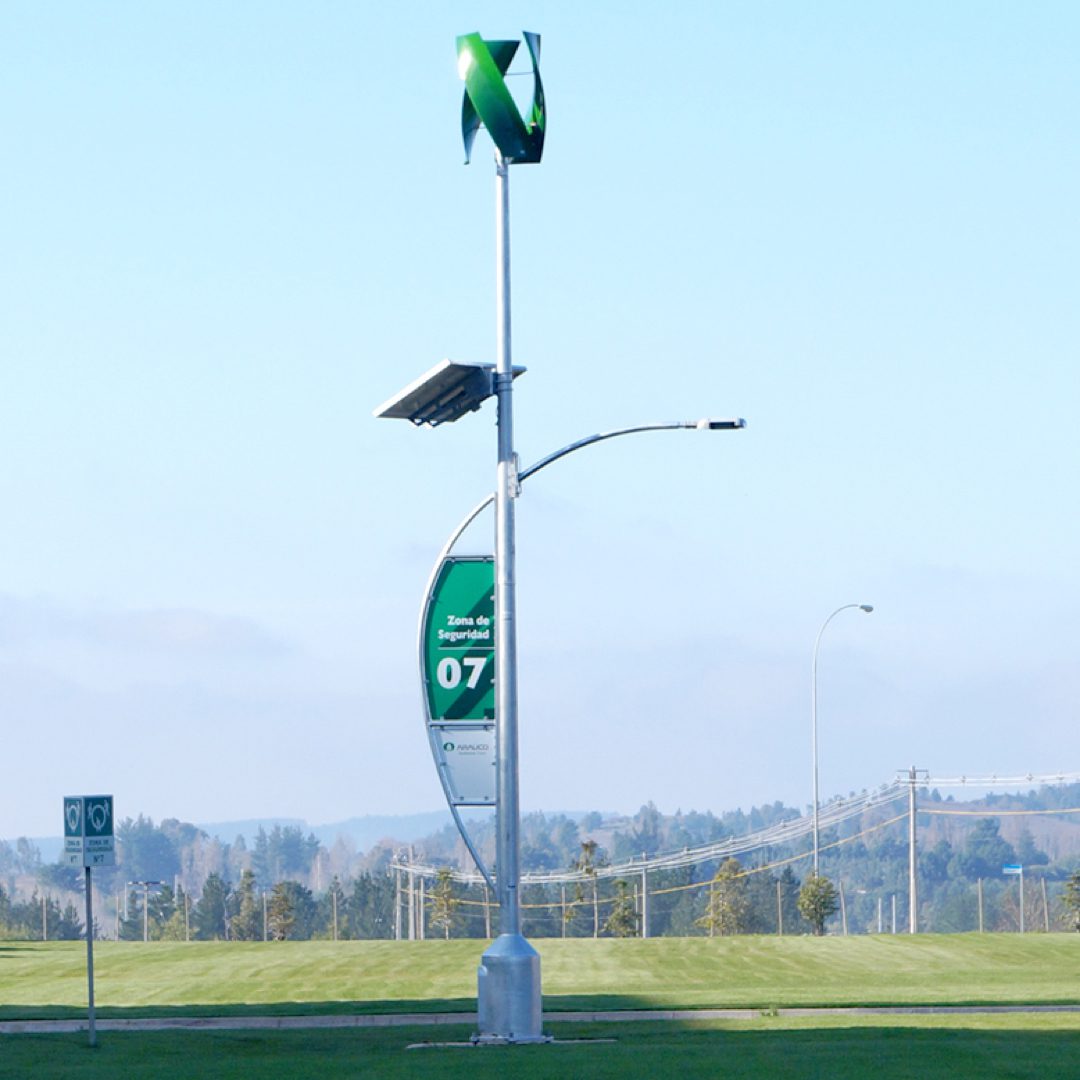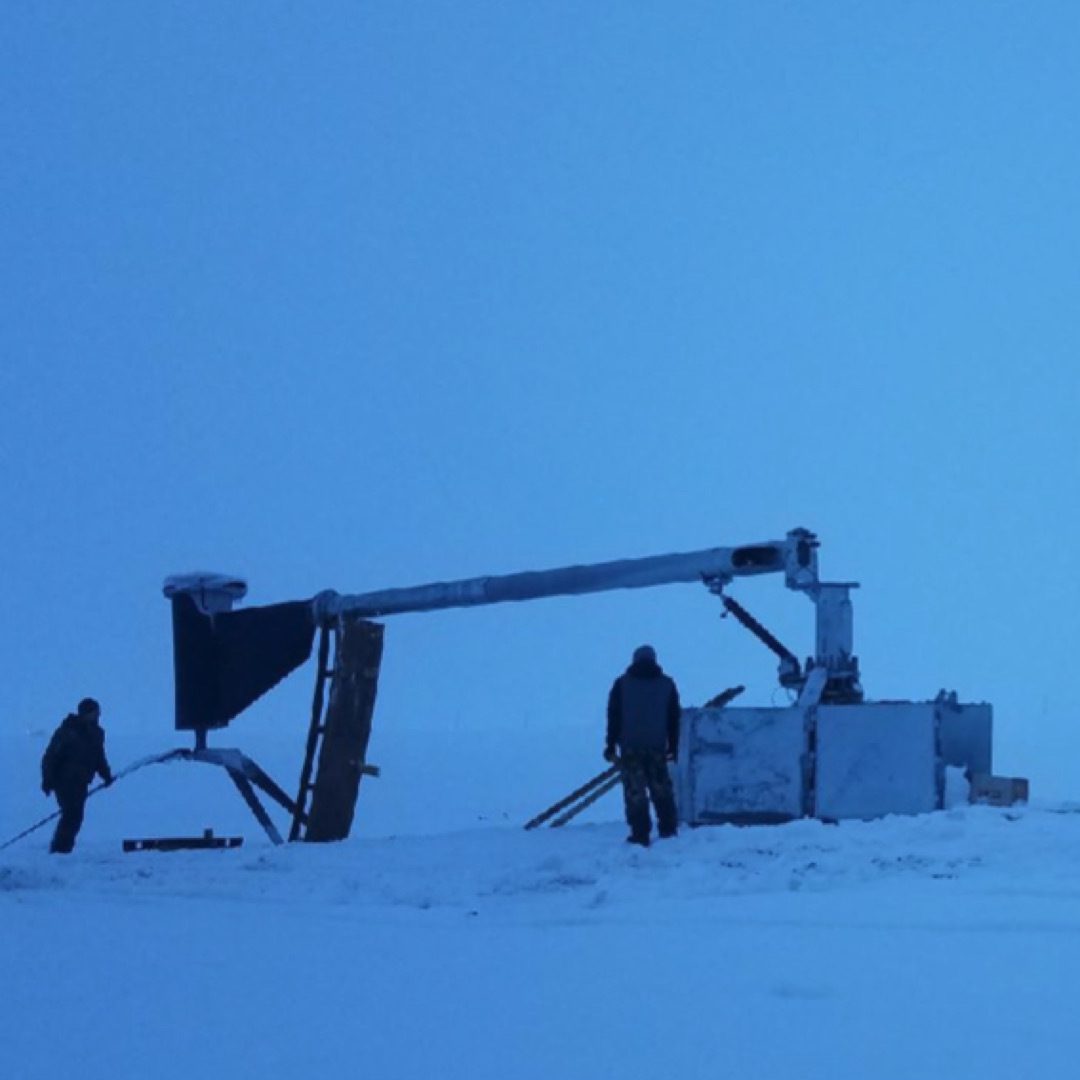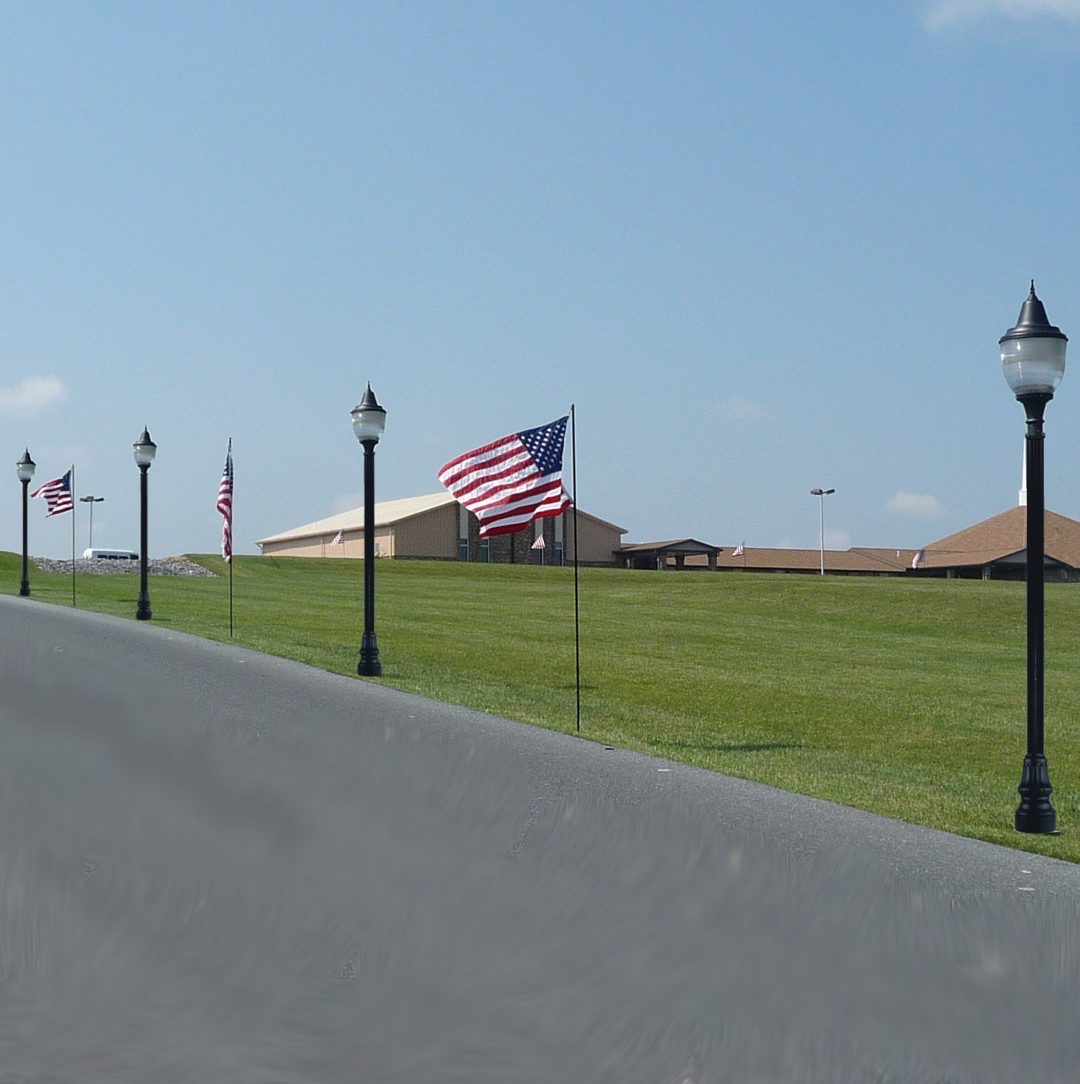Light Poles For LED Lighting
In the ever-evolving landscape of outdoor lighting, light poles stand out for their efficiency, durability, and adaptability. Access Fixtures offers a comprehensive range of light poles designed to meet the diverse needs of modern lighting applications. Whether you’re looking for aluminum, steel, fiberglass, high mast, or mid-hinged light poles, each type offers unique benefits suited to different environments and requirements.
Key Takeaway
-
- Material Matters: Material choice—aluminum, steel, or fiberglass—affects functionality, maintenance, and environmental fit. Lightweight aluminum resists corrosion, steel ensures strength for high-wind areas, and fiberglass is ideal for harsh, coastal settings.
- Compliance is Crucial: Following engineering standards and local regulations is key for the safety, performance, and durability of light poles, including compliance with ANSI, ASTM, and NEMA standards, and local building codes for structural requirements.
- Innovative Designs Enhance Functionality: Mid-hinged and high-mast poles address specific needs like easy maintenance and wide-area illumination, improving utility and maintenance safety.
Types of Light Poles for LED Lighting
Aluminum Light Poles
Aluminum light poles are favored for their lightweight nature and resistance to corrosion, making them ideal for both commercial and residential areas. They are available in various styles including round, square, tapered, and decorative fluted designs. These poles can range from 10 to 35 feet in height and come with multiple mounting options, ensuring flexibility in their application. Aluminum poles are also available in a plethora of colors and finishes, including standard and custom RAL colors for design precision.
- Types of Aluminum Poles: Includes round, square, round tapered, and decorative fluted options.
- Features: Lightweight, corrosion-resistant, available in various colors and heights.
- Applications: Street lighting, parking lots, gardens, and pathways.
Click Here For In-Depth Insights on Aluminum Light Poles
Steel Light Poles
Steel poles are valued for their strength and durability, making them suitable for environments requiring robust structural support. These poles can withstand significant environmental stress, making them ideal for industrial zones and areas with high wind velocities. Like aluminum, steel poles come in various shapes including round and square profiles, and can be customized in height and color.
- Advantages: High durability, capable of supporting heavier lighting fixtures, suitable for harsh environments.
- Maintenance: Requires more maintenance than aluminum to prevent corrosion.
Click Here For In-Depth Insights on Steel Light Poles
Fiberglass Light Poles
Fiberglass poles are best known for their non-conductive properties and corrosion resistance, which makes them suitable for harsh weather conditions and coastal areas where salt air is prevalent. They are lighter than steel and more durable than aluminum, though they can be more expensive.
- Features: Non-conductive, corrosion-resistant, lightweight yet strong.
- Ideal for: Coastal areas, and industrial sites where non-conductivity is crucial.
Click Here For In-Depth Insights on Fiberglass Light Poles
High-Mast Light Poles
High-mast lighting is typically used to illuminate large areas from a height of around 40 to 150 feet. These poles are commonly seen in highway interchanges, ports, and large parking areas. High-mast poles often feature a lifting system, which allows the lights to be lowered to the ground for maintenance, enhancing safety and convenience.
- Benefits: Provides broad coverage, ideal for large-scale lighting needs.
- Considerations: Requires significant space and infrastructure support.
Mid-Hinged Poles
Mid-hinged poles offer a practical solution for areas where regular maintenance is expected. These poles can be lowered horizontally, allowing easy access to fixtures for upgrades or repairs. This feature significantly reduces the need for heavy lifting equipment and enhances worker safety during maintenance operations.
- Applications: Sports fields, municipal facilities, and roadways where regular maintenance is needed.
- Advantages: Easy maintenance access, and enhanced safety features.
International Design Standards for Structural Engineering
Adherence to engineering standards and compliance is crucial for the design, installation, and maintenance of light poles. These standards ensure that light poles are safe, reliable, and capable of withstanding environmental stresses. Below, we delve into the key standards and compliance considerations for light poles used in conjunction with LED lighting.
General Engineering Standards
- ANSI (American National Standards Institute): Provides guidelines that cover the structural and material quality of light poles, ensuring they are built to withstand specified loads and environmental conditions.
- ASTM International: Offers a wide range of standards that cover the specifications of materials like aluminum, steel, and fiberglass, including testing methods for tensile strength, durability, and corrosion resistance.
- IEC (International Electrotechnical Commission): Focuses on the global standardization of electrical and electronic technologies, which includes outdoor lighting and light poles.
- NEMA (National Electrical Manufacturers Association): Establishes standards for the performance of electrical equipment, including environmental enclosures that protect electrical components from moisture and dust.
Compliance with Local Regulations
Light poles must comply with local building codes and ordinances which may dictate:
- Height restrictions: Certain areas may have limits on the pole heights based on aesthetic or safety considerations.
- Wind-load specifications: Based on the geographical area’s climate, poles must be able to withstand specific wind speeds.
- Seismic requirements: In earthquake-prone areas, poles must be designed to survive seismic events.
Click here to learn about Light Pole Vibration Guidelines and Fixes
Material-Specific Standards
- Aluminum: Often governed by standards related to its alloy composition and temper for structural applications (e.g., ASTM B221). Aluminum poles may also be tested for corrosion resistance, especially in saline or industrial environments.
- Steel: Requires protection against rust and corrosion, which is typically achieved through galvanizing or powder coating processes. Standards such as ASTM A123 cover the zinc coating (galvanization) of steel.
- Fiberglass: Standards for fiberglass focus on the composite material’s ability to resist impact and environmental wear. This includes UV resistance and integrity over a range of temperatures.
Safety and Installation Compliance
- Electrical Safety: Compliance with local electrical codes, including grounding and bonding requirements, is essential to prevent electrical hazards.
- Installation Standards: Proper installation is critical to ensure the stability and longevity of the pole. This involves following the manufacturer’s guidelines for base size, embedding depth, and concrete specifications.
- Maintenance and Inspection Protocols: Regular inspections are required to ensure that the poles maintain structural integrity over time. Standards typically recommend specific maintenance schedules and inspection procedures to identify and rectify potential issues such as rusting, loosening of fixtures, or wiring problems.
Click here to view details of Bolt-Down Pole Installation, Guidelines, and Requirements
Conclusion
Light poles play a pivotal role in urban infrastructure by supporting lighting that enhances the safety, visibility, and aesthetic appeal of outdoor spaces. When selecting light poles, especially for LED lighting, it is crucial to consider the material based on the specific environmental challenges and the intended application. Adherence to regulatory standards ensures that these installations remain safe and effective over their service life. The ongoing advancements in pole design and technology continue to broaden their applications and ease of maintenance, underscoring the importance of choosing the right type of pole for every lighting project.





